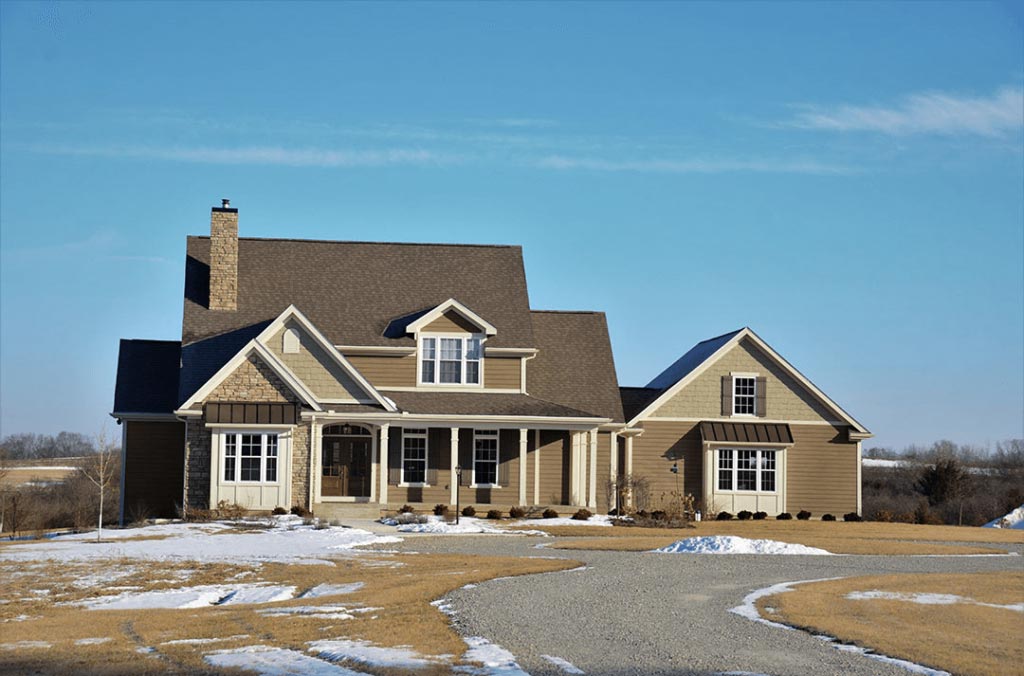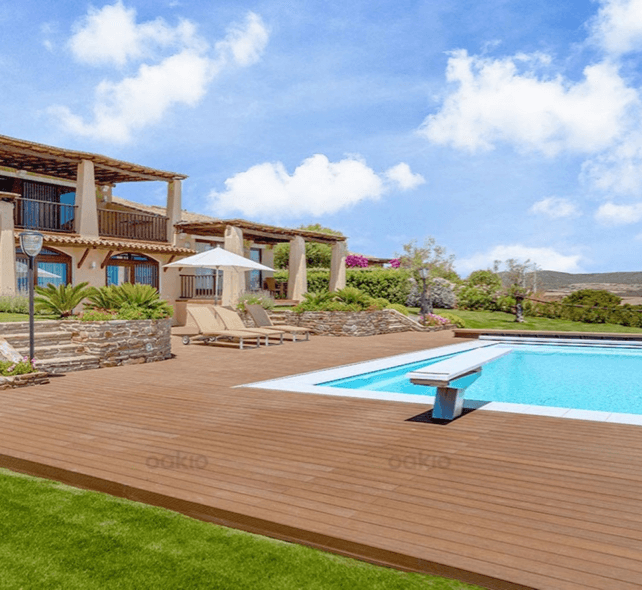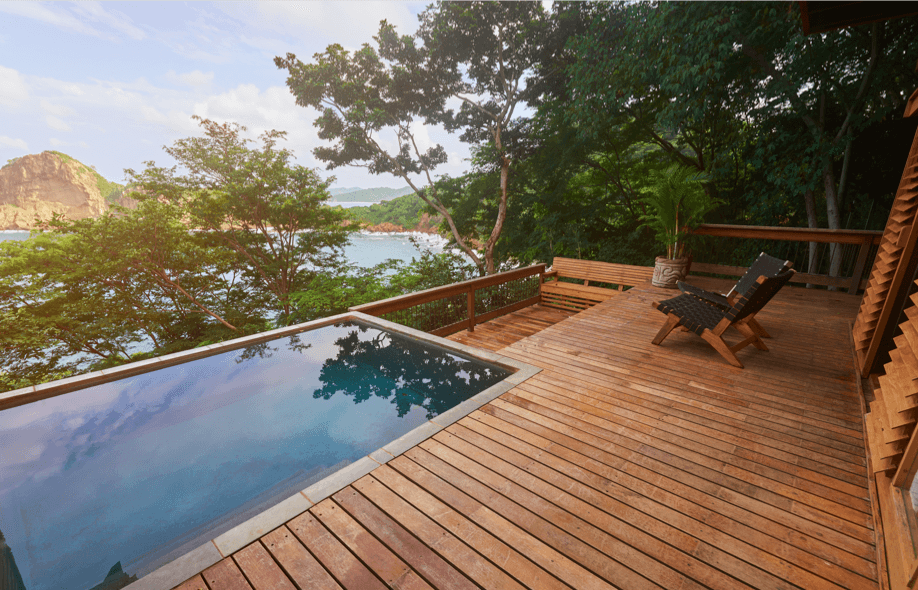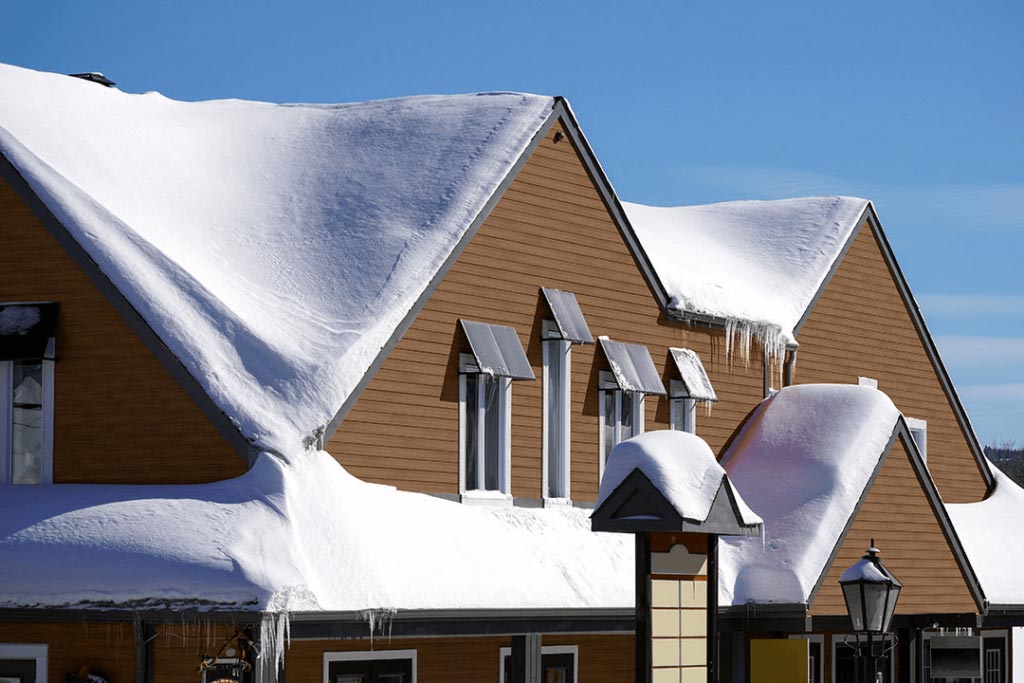Will WPC Cladding Suffer From Thermal Expansion?
When it comes to modern construction, WPC (wood-plastic composite) cladding stands out for its aesthetic appeal and durability. However, a fundamental aspect to consider for a successful WPC cladding installation is the material’s thermal expansion. Understanding this behavior is crucial in ensuring that WPC cladding maintains its structural integrity and appearance through varying temperatures.
What is the Thermal Expansion of WPC Cladding?

Thermal expansion is a natural occurrence in materials exposed to temperature changes, and WPC cladding is no exception. Specifically, thermal expansion in WPC refers to the material’s tendency to change in dimension in response to temperature fluctuations. This characteristic must be factored into the design and installation process of WPC products to prevent potential warping, buckling, or gaps.
Causes of WPC Composite Cladding Expansion
The expansion of WPC cladding can be attributed to several factors. The two primary components of WPC—wood fibers and plastic polymers—both react to temperature changes. The plastic elements expand with heat and contract in the cold, while the wood fibers’ reaction is influenced by both temperature and moisture levels. Environmental conditions, such as direct sunlight and humidity, also significantly impact the extent of thermal movement.
How Much Does Composite Cladding Expand?
Composite cladding experiences thermal expansion, and this is primarily influenced by the temperature variations it’s exposed to. The extent of expansion for WPC cladding is generally proportional to the length of the boards. Brands like Oakio provide high-quality WPC cladding that aligns with industry averages for thermal expansion, offering detailed specifications for proper installation. The rate of expansion can differ based on factors like the specific composition of the cladding and the environmental conditions. The installation process must accommodate this expansion by leaving sufficient gaps between the cladding panels. These gaps are calculated based on the expected range of temperature fluctuations, ensuring that the cladding can expand and contract without causing damage or warping.

Does WPC Expand More Than Wood?
When comparing WPC cladding to traditional wood, WPC tends to have a different expansion rate. The plastic components in WPC make it more reactive to temperature changes, leading to a more pronounced expansion compared to wood. However, this expansion is generally more uniform and predictable. Wood, while it does expand, primarily does so due to moisture absorption rather than temperature changes. This makes WPC cladding a more stable choice in environments with significant temperature fluctuations, as it can better withstand these conditions without the warping or cracking often seen in natural wood.
How to Prevent Expansion of WPC Cladding
The expansion characteristics are essential to consider during the design and installation process to ensure the long-term performance and structural integrity of the composite cladding.
Managing the expansion of WPC cladding is paramount and can be effectively done through:
Proper Gapping: Ensuring appropriate spacing between cladding boards is essential. This spacing accounts for the ambient temperature at the time of installation and the maximum expected temperature range.

Selection of Fasteners: Using the correct fasteners that provide a secure fit while allowing for expansion is crucial. Specialized hidden fastener systems are often recommended for their ability to accommodate thermal movement.
Board Acclimatization: Allowing the cladding boards to adapt to local environmental conditions before installation can minimize subsequent thermal movement.
Adherence to Manufacturer’s Guidelines: Following the Oakio installation guidelines will not only ensure correct installation concerning expansion but also uphold the product’s warranty.
Conclusion
The phenomenon of expansion in WPC composite cladding is influenced by the material’s composition. The plastic components in the composite tend to react more to temperature changes compared to wood fibers. The overall expansion of WPC cladding is typically more extreme than in pure wood decking, thanks to the stabilizing presence of plastic polymers. Oakio exceptional WPC wall cladding also showcases higher expansion rates in comparison to wood.

By understanding its characteristics, particularly thermal expansion, and implementing best practices during installation, WPC cladding can deliver long-lasting performance and maintain its designed aesthetic. The key to harnessing the full potential of WPC is respecting its natural properties and preparing for them through meticulous planning and execution.
Trending Reading
What Are the Differences Between the WPC Board and PVC Board?
[2024 Update] How Long Does WPC Decking Last?










